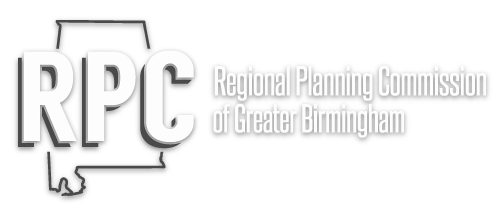Brownfields Redevelopment Program
The Economic Development Department secured a $500,000 EPA Brownfields Assessment Grant in 2022 to alleviate the financial burden of site assessments and other planning initiatives for potential reinvestment in blighted properties. All funds have been allocated, and RPCGB expects to close out this grant by December 2025.
Program FAQs
-
The RPC was awarded a $500,000 EPA grant in 2022 to identify and assess known or potential sites contaminated with hazardous substances. There is no cost to property owners to participate in the assessment program.
-
Generally, sites that have a real or perceived environmental concern are eligible to participate. Public or private property may be eligible. The RPC Brownfields Advisory Committee will work with our consultant team and EPA regulatory agencies to confirm eligibility when selecting sites for assessment.
-
Phase I Site Assessments
Phase II Site Assessments (if applicable)
Redevelopment Planning Activities
Visioning and Community Engagement Meetings
-
RPC staff will contact the applicant to schedule a site visit. An access agreement must also be signed by the current property owner. After an initial site visit by RPC, EPA, and the project consultant team, next steps for testing and redevelopment will be discussed.
Brownfields FAQs
-
The U.S. Environmental Protection Agency (EPA) defines brownfields as “real property, the expansion, redevelopment, or reuse of which may be complicated by the presence or potential presence of a hazardous substance, pollutant, or contaminant.” These properties are often abandoned land and/or structures once utilized in the energy exploration, steel production, and manufacturing industries. Brownfields can also be former gasoline stations, dry cleaners, vehicle repair shops, foundries, rail yards, or even households.
-
Developers may view properties where environmental contamination may have occurred as high risk. Properties where industrial activities have taken place that utilized chemicals or heavy metals are frequently seen as unpredictable development ventures. Consequently, environmental assessments of these types of properties can help prospective buyers and developers clearly identify any environmental issues and project the costs for remediation. The goal of the Brownfields program is to facilitate redevelopment and bring vacant or underutilized properties back into service for productive use.

